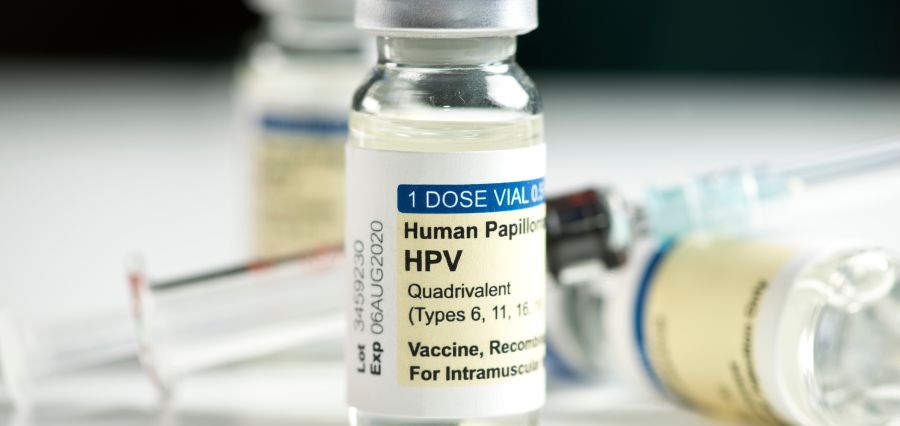Prime Highlights:
- Europe is working on a unified system to monitor antimicrobial resistance (AMR) in rivers and surface waters to protect public health.
- New EU rules will require countries to begin AMR monitoring in wastewater by 2030 as part of the One Health Action Plan.
Key Facts:
- Pollution, wastewater, and agricultural run-off can spread antibiotic-resistant bacteria into natural environments.
- An EEA pilot study involving 14 European countries recommends standard sampling methods and a central reporting system for reliable AMR tracking.
Background:
The European Environment Agency (EEA) has highlighted the need for a coordinated Europe-wide system to monitor antimicrobial resistance (AMR) in rivers, lakes and other surface waters, stressing that better data is essential to protect public health. The recommendation comes as part of a new EEA briefing titled “Antimicrobial Resistance in Surface Waters.”
AMR in the environment is now formally recognised as a critical part of the EU’s One Health Action Plan. With updated EU laws, including the revised Urban Wastewater Treatment Directive, countries will be required to begin official monitoring of AMR in wastewater by 2030. The EEA notes that member states must now prepare national monitoring programmes to address this emerging environmental health risk.
According to the briefing, antibiotics and resistant bacteria naturally occur in ecosystems, but human and animal antibiotic use significantly increases their spread. Wastewater from households and hospitals, agricultural run-off, treated sewage sludge, and discharges from pharmaceutical facilities can all introduce resistant genes into waterways. Natural environments can become places where resistant bacteria grow and spread, and pollution and human activities can make this problem worse.
The EEA study also explains that checking for AMR in water would support the monitoring already happening in areas like food safety and animal health. To create a consistent and reliable European monitoring system, the agency recommends clear objectives, standardised sampling methods, strong quality control frameworks and a unified reporting platform. These guidelines are based on a pilot project involving experts from 14 European countries.
Environmental surveillance, the briefing notes, can help countries pinpoint AMR hotspots, understand how resistance spreads, monitor new genetic threats, assess the impact of waste-management measures and improve overall evaluation of public health risks.
The EU has already taken important steps to fight antimicrobial resistance, stressing the need to share information and work together. New water rules will add AMR indicators to the lists used to check surface and groundwater, helping improve long-term monitoring and response across Europe.









